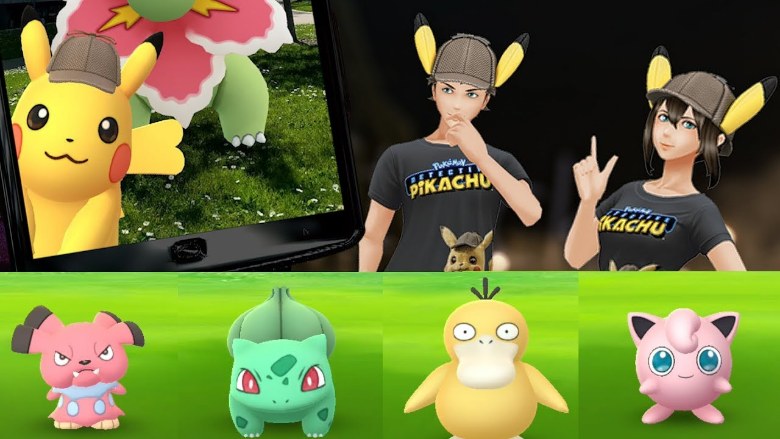
The Permaboost rateįinally, our data suggest that there is a “Permaboost” rate, roughly double the Medium Event rate, that applies to at least twelve species found in the wild: Aerodactyl, Bronzor, Clamperl, Alolan Exeggutor, Feebas, Gligar, Lapras, Onix, Pineco, Scyther, Skarmory, and Sneasel. These shiny rates will be addressed in Part II of this series, and may sometimes be higher than the Medium Event rate. Examples include the Kanto regionals during the September 2019 Ultra Bonus event (in which one’s “home” regional remained available in the wild while all Kanto regionals were available in eggs), costumed Stantler during the December 2019 holiday event (primarily available in raids and eggs), and Gyarados and Chansey during early-2020 events (primarily available in raids, as well as Field Research in the case of Chansey). We also draw a distinction between events with significantly boosted wild spawns, and events where a featured species could be encountered in the wild but was more readily available by other encounter methods.

One notable exception was the release of normal Castform’s shiny form during the Lotad research event, in which wild spawns were significantly boosted and the shiny rate may have even exceeded the Community Day rate. In contrast, other events with significantly boosted wild spawns have almost exclusively used the base shiny rate. In 2019, the Medium Event rate was used for GO Fest- and Safari Zone-related events, as well as the non-bonus portion of the 2019 Community Weekend. We’ve dubbed this the “Medium Event” rate. Starting with the release of shiny Cubone and Ponyta on November 5, 2018, a lower shiny rate has been observed for worldwide events involving wild Pokémon with significantly boosted spawns. This same rate, in fact, also applied to other worldwide boosted wild shiny events up to and including the release of shiny Pinsir on November 1, 2018. Our analyses continue to suggest that a single consistent shiny rate applies to all Pokémon during their Community Day, including the three-hour bonus periods during the December 20 Community Weekend roundups. Probably the best-known boosted rate is the Community Day rate. Let’s take a look at each of these! The Community Day rate Our research strongly suggests that there are three different boosted shiny rates commonly used for wild encounters in Pokémon GO. Rates for particular species are sometimes boosted for events, and some Pokémon even have permanent shiny rates that are higher than the base rate (for examples, see Part II and Part III of our 2018 Shiny Hunt study).

However, there are times when Pokémon GO uses other rates.
SILPH ROAD RESEARCH TASKS SERIES
That means travelers have the same chance of finding a shiny through Field Research, Eggs, Raid Battles, or wild encounters.¹ We will assume this throughout this series of articles.Īs we’ve discussed in previous studies, there appears to be a single shiny rate (the “base” rate) that applies to most species most of the time. Our current evidence suggests that at any given time, each Pokémon has a single shiny rate that applies across all methods of encounter. We hope that this series is enlightening for our newer travelers and helps to clarify the various shiny rates for experienced travelers. In the coming weeks we’ll be sharing a three-part series with our aggregate findings on shiny rates, beginning today with an analysis of boosted shiny rates for wild encounters. More than 150 shiny families can now be encountered in Pokémon GO, and it’s time for the Silph Research Group to take stock of what we’ve learned about these rare and dazzling creatures!

It’s been over two and a half years since the first shiny Magikarp flopped its way onto our phone screens and into our hearts.


 0 kommentar(er)
0 kommentar(er)
